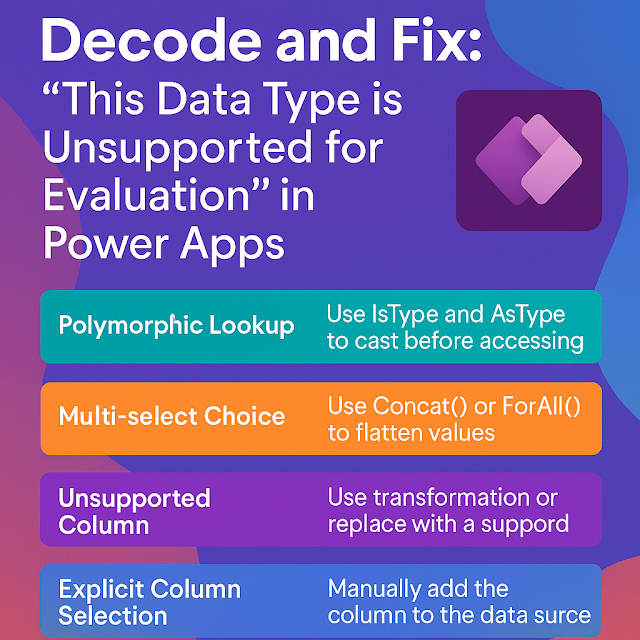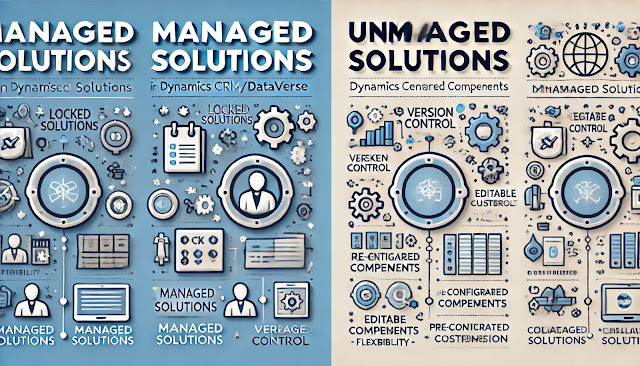Dynamics 365 Field Service : Configure start and end locations for resources
In Dynamics 365 Field Service, configuring Start and End Locations for resources is essential for accurate scheduling, travel time estimation, and route optimization. Here's a detailed explanation:
What Are Start and End Locations?
Start and End Locations define where a resource (typically a technician) begins and ends their workday. These locations are used by the scheduling engine to calculate travel time, optimize routes, and determine the feasibility of assigning a work order to a technician.
You can set these values at the resource level using one of the following options:
- Resource Address – A specific address stored in the resource record.
- Organizational Unit Address – Uses the address of the organizational unit the resource is associated with (e.g., a service center).
- Location Agnostic – Ignores location constraints and treats the resource as being available anywhere.
- Resource's Last Known Location – Uses real-time GPS data (if enabled) to determine the most recent position of the technician.
- Custom Address – You can manually configure a static location that is neither their home nor the organizational unit.
How to Set Start and End Locations:
- Go to Resources in Dynamics 365 Field Service.
- Open the resource profile.
- In the Start Location and End Location fields, choose from the dropdown options mentioned above.
- Save your changes.
Why It's Important:
- Accurate Travel Time: It helps calculate the correct travel time from the technician's location to the customer's site.
- Route Optimization: Essential for resource scheduling optimization and reducing travel costs and time.
- Work-Life Balance: Supports realistic workday planning by considering where a technician starts and ends their day.
- Improved Customer Experience: Ensures timely arrival and better scheduling transparency.
- Efficient Use of Resources: Helps dispatchers assign the closest or most efficient technician for the job.
Use Case Example:
Imagine a field technician who begins their day from home and ends at a company depot. With Start = Resource Address and End = Organizational Unit Address, the system ensures that travel to the first and from the last job is accounted for correctly during scheduling.
Conclusion:
Configuring Start and End Locations in Field Service enhances the effectiveness of resource scheduling and ensures that logistics, customer satisfaction, and operational efficiency are aligned.













Comments
Post a Comment